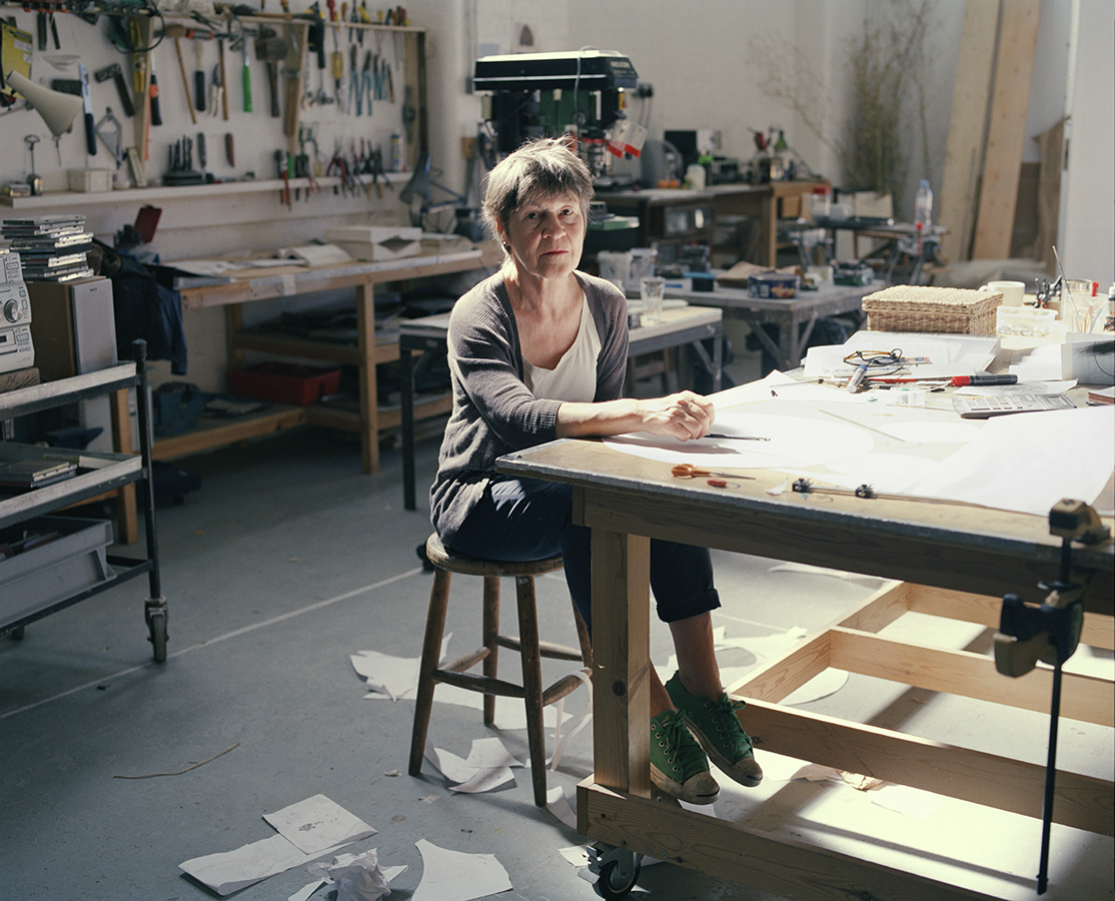
The number of women artists who received solo shows at London’s major public art galleries declined “significantly” last year, according to a new survey. To make matters worse, the number of female artists represented by commercial galleries also fell.
This double setback, despite much talk of correcting the gender imbalance in recent times, is revealed in new research by the Freelands Foundation, the charity set up by philanthropist Elisabeth Murdoch largely to promote overlooked female artists.
In 2017, just 22 percent of solo shows presented by London’s major non-commercial galleries starred female artists. “Shockingly, this figure has decreased since 2016,” the report finds. The eight percent fall means that female artists had more prestigious solo shows four years ago—and even then they only had a one in four chance compared to their male contemporaries.
Two years ago the Freelands Foundation set up an award that supports exhibitions for mid-career female artists across the UK. Its latest research shows that, outside London, directors and curators at 33 non-commercial galleries have been able to redress the gender imbalance that has eluded their London peers: 52 percent of solo shows featured work by female artists in the 33 non-London organizations surveyed, up 17 percent from 2016.
Melanie Cassoff, the managing director of the Freelands Foundation, says she hopes the organization’s £100,000 ($132,000) award has played a part in encouraging regional arts organizations try harder to show female artists, especially ones who have been overlooked. She also hopes that by publishing its study every year institutions are more aware when they make decisions about the artists they show and so improve the gender mix. “It is discouraging to see when things take a step back,” she says. The Freelands Award-winning regional gallery is due to be announced in the fall.
Alison Wilding, Red Skies (1992) at the De La Warr Pavilion.Copyright the artist, courtesy of Karsten Schubert London.
One of the brightest spots in the regions is the De La Warr pavilion in Bexhill-on-Sea in the south of England. It opened this past weekend a long overdue survey of the work of Alison Wilding, a British artist and Royal Academician whose career began in the 1970s but so far has not received the institutional recognition of her contemporaries, such as Anish Kapoor or Antony Gormley.
“Pure sculpture from an artist whose time has come,” ran the headline of Jonathan Jones’s four-star review in the Guardian of Wilding’s mini-retrospective, which is supported by her longstanding London-based gallerist, Karsten Schubert.
Meanwhile, six tons of clay sculpture and wall pieces by Florence Peake, inspired by Stravinsky’s Rite of Spring, are also on view in the De La Warr. In the fall, the performance and video artist Lucy Beech has a solo show in the Bauhaus-style arts center. Rosie Cooper, the head of exhibition at the De La Warr and the curator of Wilding’s and Peake’s shows, tells artnet News: “It’s a full-on female fest.”
Alison Wilding, Dark Horse (1993). © Alison Wilding, courtesy of the artist and Karsten Schubert London, photo by Rob Harris.
As well as addressing gender imbalances in an institution’s program, she says that organizations need to look at inequality holistically. “It is important not to treat it as a statistics game, although targets are important,” she says.
She includes diversifying a gallery’s art technicians. Speaking in general, she says a mix of male and female technicians helps create a different atmosphere and culture in a gallery. “I have had experience of presenting solo exhibitions of men in the past with an all-male technical team, which, unfortunately, is not always a very inclusive atmosphere to walk into,” Cooper says. She also stresses that a lot of practicing artists have part-time jobs as handlers and fabricators. “Why should we not give that opportunity to women?”
In 2017, the Guerrilla Girls launched their name-and-shame campaign “Is it even worse in Europe?” at London’s Whitechapel Gallery during Frieze Week. The Freelands Foundation survey underlines how London took a step backwards just as the activist-artists were in town, putting its institutions and commercial galleries on the spot.
That year during Frieze Week, major commercial galleries were dominated by male artists. After a high in 2016, female artists’ shows halved in 2017, falling to just 21 percent.
Frieze London’s “Social Work” section will be chosen by an 11-woman panel. Photo by Tom Jamieson.
Frieze London announced this week that it was doing its bit to redress the gender imbalance by organizing a new section called “Social Work” in its 2018 edition. An 11-woman group of curators will organize a section devoted to female artists who challenged the male-dominated art market in the 1980s or were marginalized because of the political nature of their work.
Jo Stella Sawicka, the artistic director of Frieze Art Fair, says that the survey’s findings are “disheartening,” but says that other factors could be at play. Unlike London, “France and Germany have affordable child care,” she says.
“Alison Wilding: Right Here and Out There” runs through September 16 at De La Warr Pavilion, Bexhill-on-Sea, East Sussex.